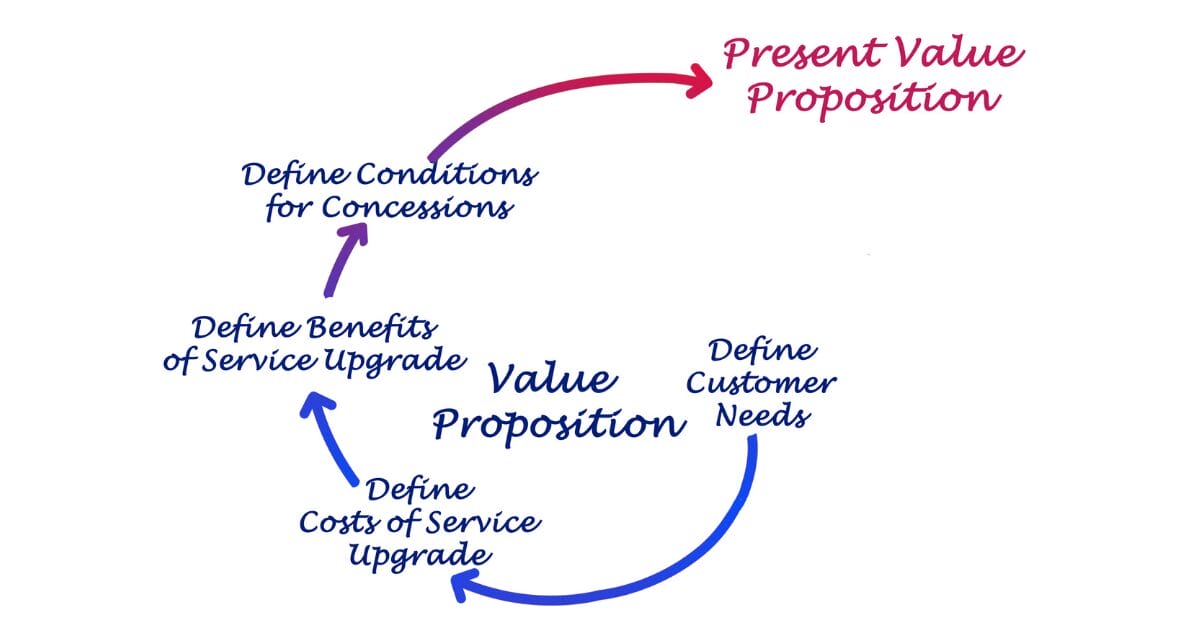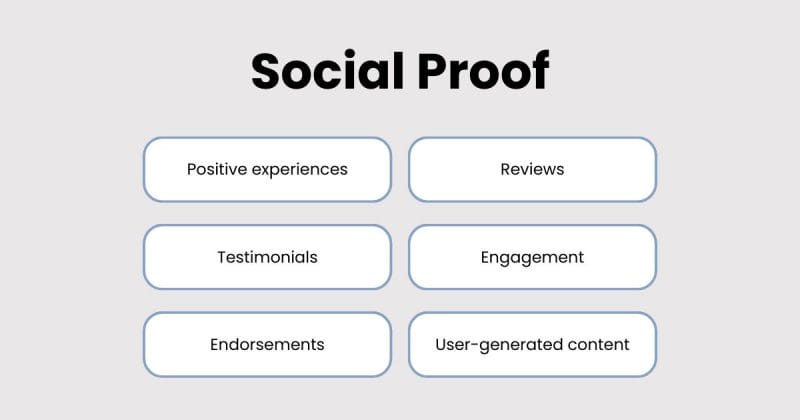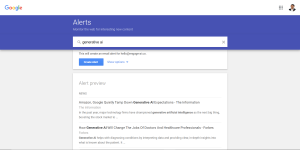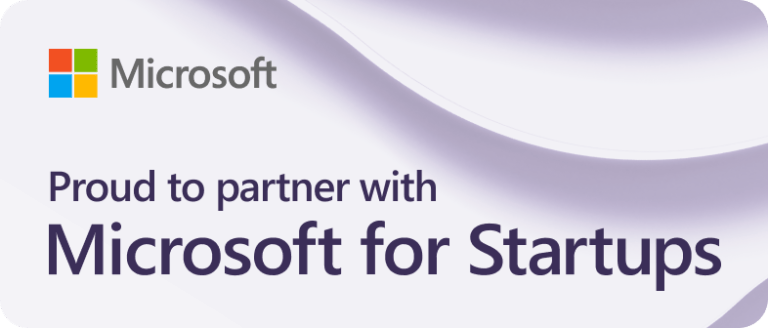Sales hooks are compelling elements or strategies used in sales pitches to capture the attention of potential customers. They create interest and ultimately drive users to make a purchase.
Think about a product or service that caught your attention recently. What was the sales hook that made it stand out to you, and how did it influence your decision to consider or purchase it?
These hooks are designed to stand out, create a memorable impression, and differentiate a product or service from competitors. Effective sales hooks are crucial in a competitive market where businesses vie for the attention of prospects. Let’s explore some proven sales hooks:
10 Proven Sales Hooks with Real-Life Sales Pitch Examples
By addressing specific pain points or offering unique value propositions, sales hooks can set a product or service apart and make it more appealing to potential buyers. Here are some proven sales hooks with examples:
1. The Emotional Appeal
Emotional sales pitches influence customers’ feelings, attitudes, and ultimately, their purchasing decisions. People often make decisions based on emotions rather than solely on logic or practicality.
By understanding and leveraging the emotional needs, desires, and pain points of customers, businesses can create more compelling and memorable pitches that generate sales-qualified leads.
Hook:
“Tired of the constant stress and challenges in managing your finances?”
Pitch:
“Imagine a stress-free solution where you have complete control over your finances. Picture a future where your financial worries are a thing of the past. Our cutting-edge financial management tool not only simplifies your budgeting but also brings a sense of security and peace of mind. No more sleepless nights or anxiety about unexpected expenses. With our solution, you’re in control, confident, and free to focus on what truly matters to you.”
In this example, the emotional appeal revolves around the customer’s desire for relief from financial stress. By connecting with the customer’s emotions, you make your product more relatable and demonstrate how it can address their specific needs and desires.
2. The Value Proposition

The value proposition is a statement outlining the unique benefits and value that your product or service provides to customers. It’s about answering the customer’s question: “Why should I choose your product or service over alternatives?”
To define a unique value proposition, businesses must pinpoint and articulate what sets them apart from the competition. This could be in terms of features, quality, price, customer service, innovation, or any combination of these factors. Here’s an example:
Hook:
“Spending excessive time and money on outdated solutions?”
Pitch:
“Our revolutionary product is not just a solution; it’s a game-changer. Imagine a world where you save both time and money effortlessly. Our advanced technology streamlines your processes, cutting down the time you spend on mundane tasks. But that’s not all – it’s also designed to be cost-effective, ensuring you get the best value for your investment. Say goodbye to inefficiency and unnecessary expenses. With our product, you not only improve your workflow but also boost your bottom line.”
In this example, the value proposition is centered around the key benefits of saving time and money. The pitch emphasizes how the product addresses specific pain points by streamlining processes and being cost-effective.
3. Social Proof

Social proof is a psychological phenomenon where you rely on the feedback and actions of others to make decisions. In the sales context, social proof involves showcasing positive experiences, testimonials, reviews, or endorsements from existing customers.
This builds trust and credibility, assuring potential customers that your product and service has consistently delivered positive experiences to others.
Hook:
“Curious about the impact our product can have on your business?”
Pitch:
“Join over 1,000 satisfied customers who have transformed their businesses with our solution. Don’t just take our word for it – hear it directly from those who’ve experienced the positive change. Our clients consistently rave about the effectiveness, ease of use, and tangible results they’ve achieved. When you choose us, you’re not just buying a product; you’re joining a community of businesses that have elevated their performance and success. See for yourself why our customers trust and recommend us.”
In this example, the pitch leverages social proof by mentioning the number of satisfied customers. The use of the phrase “Join over 1,000 satisfied customers” communicates that the product or service has been well-received by a significant number of people.
4. Limited-Time Offers
Limited-time offers are a marketing and sales strategy that involves providing special promotions, discounts, or deals for a short period. Engaging the element of urgency motivates prospective customers to make prompt decisions, discouraging any tendency to postpone the purchase. This strategy actively involves the fear of missing out (FOMO), compelling individuals to take decisive action before the opportunity elapses.
Hook:
“Looking for an exclusive opportunity to elevate your experience?”
Pitch:
“Act now to take advantage of our exclusive limited-time offer. We’re offering a [specific discount, bonus, or package] for the next [limited time frame]. Don’t miss out on the chance to [highlight the benefits]. This is a one-time opportunity to [state the value proposition] at an unbeatable price. Seize the moment, and elevate your [product or service] experience today.”
In this example, the pitch uses language like “exclusive,” “limited-time offer,” and “act now” to create a sense of urgency. It clearly communicates that the opportunity is time-sensitive and emphasizes the unique benefits or value that customers can gain by taking immediate action.
5. Personalization
Personalization involves customizing your communication, products, or services to align with the specific needs and preferences of individual clients. By demonstrating a deep understanding of a client’s unique challenges, goals, and preferences, you can create a more meaningful and targeted sales pitch.
Personalized pitches and messages build rapport and increase the likelihood of connecting with and satisfying the individual client.
Hook:
“Recognizing that every business is unique, have you been searching for a solution that truly understands your specific challenges?”
Pitch:
“We understand your unique needs, and our solution is tailored precisely to address the challenges you’re facing. Unlike one-size-fits-all alternatives, our product/service is designed with your industry, goals, and preferences in mind. Picture a solution that seamlessly integrates into your current workflow, addressing the pain points you’ve encountered. From customization options to dedicated support, we’ve got you covered. Our commitment is to provide you with a solution that not only meets but exceeds your expectations, ensuring your success in a way that’s uniquely yours.”
In this example, the pitch emphasizes the understanding of the client’s specific needs and the tailored nature of the offered solution. The language used, such as “we understand your unique needs,” communicates a personalized approach, making the client feel seen and valued.
6. Storytelling
Storytelling in sales involves using narratives to convey information, create emotional connections, and make your product or service more relatable. By framing your message within a story, you can capture the attention of your audience, illustrate the value of your offering, and help customers visualize how your product can positively impact their lives or businesses.
Hook:
“Interested in real-world examples of how our product can make a difference?”
Pitch:
“Let me share a success story of how our product transformed a business much like yours. Imagine a company facing challenges similar to what you’re experiencing now. They were struggling with [specific issues], and it seemed like finding a solution was an uphill battle. Enter our product – a game-changer that not only addressed their immediate concerns but also propelled them toward unprecedented success. The journey from [challenge] to [success] is a testament to the transformative power of our solution. Now, envision your own success story with our product as the catalyst.”
In this example, the pitch introduces the idea of sharing a success story to illustrate the product’s impact. It invites the potential customer to visualize a scenario similar to their own challenges and presents the product as the key to overcoming those challenges.
7. Problem-Solving Approach
The problem-solving approach addresses the specific pain points or challenges that potential customers are facing. By understanding their needs and issues, you can position your product or service as the solution to their problems.
This approach requires active listening, empathy, and a genuine interest in helping customers overcome obstacles.
Hook:
“Have you found yourself struggling with [specific problem] in your business?”
Pitch:
“Are you struggling with [problem]? Whether it’s [briefly describe the challenges], we understand how frustrating and time-consuming it can be. The good news is that our solution tackles it head-on by [highlighting key features or benefits that address the problem]. Picture a scenario where [describe positive outcomes]. With our product, you can say goodbye to [problem] and hello to [solution]. We’re here to make your life/business easier, and it starts by solving the challenges you’re currently facing.”
In this example, the pitch opens with a question to identify the customer’s pain point. It then addresses the problem directly and introduces the product as the solution.
8. Guarantees and Risk Reversals

Guarantees and risk reversals in sales involve providing customers with assurances that reduce or eliminate the perceived risk associated with a purchase. This strategy builds trust and confidence, encouraging potential customers to try a product or service with the assurance that there is minimal risk of financial loss.
Common examples include money-back guarantees, satisfaction guarantees, and trial periods. Here’s a hook and sales pitch example you can try:
Hook:
“Concerned about making the right investment for your [business needs]?”
Pitch:
“We understand that choosing the right [product/service] is a significant decision. That’s why we are so confident in our product that we offer a 30-day money-back guarantee if you’re not completely satisfied. We believe in the value and effectiveness of what we offer, and we want you to experience it risk-free. If, within the first 30 days, you don’t see the [promised benefits], we’ll refund your investment—no questions asked. Your satisfaction is our priority, and we’re committed to ensuring you feel confident in your decision.”
In this example, the 30-day money-back guarantee communicates a commitment to customer satisfaction and reduces the perceived risk for the potential buyer.
9. Competitive Edge
A competitive edge emphasizes the unique selling points that set your product or service apart from the competition. It’s about showcasing the distinct features, benefits, or qualities that make your offering superior or more appealing to customers.
Understanding your competitive edge and effectively communicating it helps you position your product as the best choice in the market.
Hook:
“Ever wondered what makes us stand out in a crowded market?”
Pitch:
“What sets us apart from the competition is our commitment to [highlight unique selling points]. While others focus on [common features in the market], we differentiate ourselves by [emphasizing distinctive qualities]. Our dedication to [core values or benefits] ensures that when you choose us, you’re not just getting a product; you’re investing in [mention specific advantages]. It’s not just about meeting expectations; it’s about exceeding them. Discover the difference that our commitment to [unique selling points] can make for your [business needs].”
In this example, the pitch prompts the audience to consider what distinguishes the product from competitors. It then emphasizes the commitment to specific unique selling points, highlighting how the product goes beyond common features and delivers added value.
10. Bundle Deals and Upsells
Bundle deals and upsells in sales involve offering customers additional products, services, or features alongside their primary purchase. This strategy aims to maximize the overall value that customers receive, encouraging them to invest in a more comprehensive or premium package.
By presenting bundled offers or enticing upgrades, businesses can enhance customer satisfaction and increase the average transaction value.
Hook:
“Ready to take your experience to the next level?”
Pitch:
“Upgrade to our premium package and receive exclusive bonuses worth [highlight the added value]. We believe in giving you more than just a product; we want to provide you with an unparalleled experience. With our premium package, you not only get [core features] but also enjoy [list exclusive bonuses]. Imagine the convenience, efficiency, and additional benefits you’ll unlock by choosing this comprehensive upgrade. It’s not just an upgrade; it’s an investment in an enhanced, all-inclusive [product/service] experience.”
In this example, the pitch invites the customer to elevate their experience by upgrading to a premium package. It emphasizes the added value and exclusive bonuses that come with the upgrade, framing it as an investment in a more comprehensive and rewarding experience.
Conclusion
Sales is both an art and a science, and finding the right combination of sales hooks for your product or service may require experimentation. Don’t hesitate to analyze the performance of different hooks, tweak your approach, and adapt based on customer responses.
Every audience is unique, so tailoring your strategy to their preferences is key to success. Incorporate these sales hooks and customize them to your unique audience to consistently win new business.
Best of luck in your sales endeavors!








